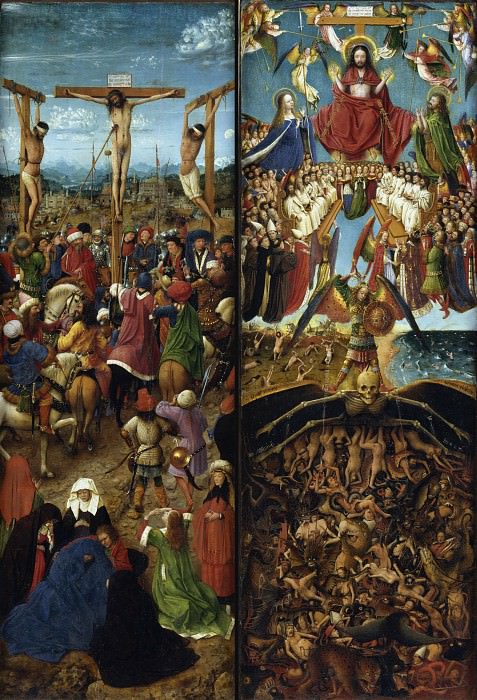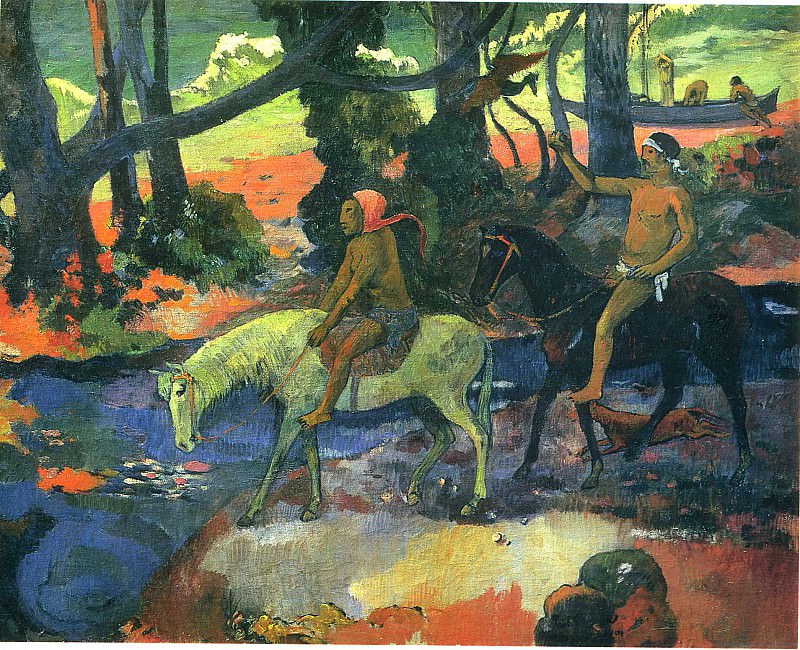Exploring the World of Model Art
Model art is a captivating and intricate field that intertwines creativity with technical precision. It involves the creation of miniature representations of objects, often with a focus on aesthetics, accuracy, and detail. This art form encompasses various disciplines, from scale models of vehicles and architectural structures to highly detailed figurines and dioramas. As a genre, model art not only celebrates the skill and imagination of its creators but also offers a window into the worlds they seek to represent.
The Essence of Model Art
At its core, model art is about capturing the essence of a subject in a scaled-down form. This can range from models of historic buildings to replicas of iconic vehicles, each piece reflecting a deep understanding of the original subject. The process of creating model art involves several steps, including design, construction, and finishing. Artists often start with detailed plans and blueprints, ensuring that every aspect of the model is accurate. They then move on to selecting materials, which can include plastics, metals, wood, and more, depending on the desired effect and the model's purpose.
Materials and Techniques
The choice of materials in model art is crucial, as different substances offer varying qualities and challenges. For example, plastic is commonly used in model kits due to its versatility and ease of molding. Wood, on the other hand, can provide a more authentic and tactile experience, often used in high-end model ships or aircraft. Metal parts, such as brass or aluminum, are often employed for their strength and durability, particularly in scale models of machinery or vehicles.
Techniques used in model art are as diverse as the materials. These may include molding, casting, and sculpting. Advanced methods such as 3D printing are increasingly being utilized, offering new possibilities for precision and customization. The choice of technique can influence the final appearance of the model, from the smooth surfaces of a plastic model to the detailed textures achieved with sculpted materials.
Historical Context and Evolution
The art of modeling has a rich history, tracing back to ancient civilizations where miniature representations were used for both practical and ceremonial purposes. In ancient Egypt, for instance, small statues and artifacts were created to accompany the dead in the afterlife. The Renaissance period saw the development of intricate models for architectural and engineering purposes, reflecting the era's emphasis on precision and scientific exploration.
The modern era of model art began to take shape in the 19th and 20th centuries, with advancements in materials and techniques making it more accessible to artists and hobbyists alike. The proliferation of model kits during the mid-20th century democratized model making, allowing enthusiasts to create detailed replicas of cars, planes, and ships from the comfort of their homes.
Model Art as a Form of Expression
Beyond its technical aspects, model art serves as a powerful form of personal expression. For many artists and hobbyists, the creation of a model is an opportunity to convey their passion for a particular subject. This can manifest in various ways, from the meticulous detailing of a historical aircraft to the imaginative representation of fictional worlds. The process of building a model often involves a deep personal connection to the subject, reflecting the creator's knowledge, interests, and artistic vision.
Moreover, model art can also be a form of storytelling. Dioramas, for example, combine multiple models and elements to create a scene or narrative. This allows artists to explore complex themes and stories, often with a level of detail that invites viewers to engage with the scene on a deeper level. Whether depicting a historical event, a fantasy landscape, or a moment frozen in time, model art provides a unique platform for narrative exploration and artistic creativity.
The Community and Culture of Model Art
The world of model art is vibrant and diverse, with a strong community of enthusiasts and professionals who share a passion for the craft. This community often comes together through conventions, exhibitions, and online forums, where they exchange ideas, showcase their work, and discuss techniques. These gatherings provide valuable opportunities for learning and collaboration, fostering a sense of camaraderie among model artists.
Competitions and awards are also an integral part of the model art culture. These events recognize and celebrate the skill and creativity of model makers, often featuring categories for different types of models and techniques. Winning or participating in these competitions can be a significant achievement for artists, offering validation and encouragement to continue exploring and pushing the boundaries of their craft.
Challenges and Innovations
Model art, while rewarding, is not without its challenges. Creating highly detailed and accurate models requires a great deal of patience, precision, and skill. Artists must often navigate issues related to scale, proportion, and material compatibility, making the process both demanding and satisfying.
Innovations in technology and materials continue to influence the field, offering new possibilities and overcoming traditional limitations. For instance, advancements in 3D printing have enabled artists to produce intricate and customized parts that were previously difficult to achieve. Similarly, the use of digital tools for design and planning has streamlined the model-making process, allowing for greater accuracy and efficiency.
The Future of Model Art
As technology and materials continue to evolve, the future of model art promises exciting developments. The integration of digital tools and advanced manufacturing techniques is likely to expand the possibilities for model makers, enabling them to create even more detailed and imaginative pieces. Additionally, the growing interest in model art among younger generations suggests a bright future for the craft, with new artists bringing fresh perspectives and innovations.
The enduring appeal of model art lies in its ability to combine technical skill with creative expression. Whether through intricate replicas, imaginative dioramas, or cutting-edge designs, model art continues to captivate and inspire. As the field evolves, it will undoubtedly continue to offer both challenges and opportunities for those who seek to explore the rich and diverse world of miniature creation.
Model art is a captivating and intricate field that intertwines creativity with technical precision. It involves the creation of miniature representations of objects, often with a focus on aesthetics, accuracy, and detail. This art form encompasses various disciplines, from scale models of vehicles and architectural structures to highly detailed figurines and dioramas. As a genre, model art not only celebrates the skill and imagination of its creators but also offers a window into the worlds they seek to represent.
The Essence of Model Art
At its core, model art is about capturing the essence of a subject in a scaled-down form. This can range from models of historic buildings to replicas of iconic vehicles, each piece reflecting a deep understanding of the original subject. The process of creating model art involves several steps, including design, construction, and finishing. Artists often start with detailed plans and blueprints, ensuring that every aspect of the model is accurate. They then move on to selecting materials, which can include plastics, metals, wood, and more, depending on the desired effect and the model's purpose.
Materials and Techniques
The choice of materials in model art is crucial, as different substances offer varying qualities and challenges. For example, plastic is commonly used in model kits due to its versatility and ease of molding. Wood, on the other hand, can provide a more authentic and tactile experience, often used in high-end model ships or aircraft. Metal parts, such as brass or aluminum, are often employed for their strength and durability, particularly in scale models of machinery or vehicles.
Techniques used in model art are as diverse as the materials. These may include molding, casting, and sculpting. Advanced methods such as 3D printing are increasingly being utilized, offering new possibilities for precision and customization. The choice of technique can influence the final appearance of the model, from the smooth surfaces of a plastic model to the detailed textures achieved with sculpted materials.
Historical Context and Evolution
The art of modeling has a rich history, tracing back to ancient civilizations where miniature representations were used for both practical and ceremonial purposes. In ancient Egypt, for instance, small statues and artifacts were created to accompany the dead in the afterlife. The Renaissance period saw the development of intricate models for architectural and engineering purposes, reflecting the era's emphasis on precision and scientific exploration.
The modern era of model art began to take shape in the 19th and 20th centuries, with advancements in materials and techniques making it more accessible to artists and hobbyists alike. The proliferation of model kits during the mid-20th century democratized model making, allowing enthusiasts to create detailed replicas of cars, planes, and ships from the comfort of their homes.
Model Art as a Form of Expression
Beyond its technical aspects, model art serves as a powerful form of personal expression. For many artists and hobbyists, the creation of a model is an opportunity to convey their passion for a particular subject. This can manifest in various ways, from the meticulous detailing of a historical aircraft to the imaginative representation of fictional worlds. The process of building a model often involves a deep personal connection to the subject, reflecting the creator's knowledge, interests, and artistic vision.
Moreover, model art can also be a form of storytelling. Dioramas, for example, combine multiple models and elements to create a scene or narrative. This allows artists to explore complex themes and stories, often with a level of detail that invites viewers to engage with the scene on a deeper level. Whether depicting a historical event, a fantasy landscape, or a moment frozen in time, model art provides a unique platform for narrative exploration and artistic creativity.
The Community and Culture of Model Art
The world of model art is vibrant and diverse, with a strong community of enthusiasts and professionals who share a passion for the craft. This community often comes together through conventions, exhibitions, and online forums, where they exchange ideas, showcase their work, and discuss techniques. These gatherings provide valuable opportunities for learning and collaboration, fostering a sense of camaraderie among model artists.
Competitions and awards are also an integral part of the model art culture. These events recognize and celebrate the skill and creativity of model makers, often featuring categories for different types of models and techniques. Winning or participating in these competitions can be a significant achievement for artists, offering validation and encouragement to continue exploring and pushing the boundaries of their craft.
Challenges and Innovations
Model art, while rewarding, is not without its challenges. Creating highly detailed and accurate models requires a great deal of patience, precision, and skill. Artists must often navigate issues related to scale, proportion, and material compatibility, making the process both demanding and satisfying.
Innovations in technology and materials continue to influence the field, offering new possibilities and overcoming traditional limitations. For instance, advancements in 3D printing have enabled artists to produce intricate and customized parts that were previously difficult to achieve. Similarly, the use of digital tools for design and planning has streamlined the model-making process, allowing for greater accuracy and efficiency.
The Future of Model Art
As technology and materials continue to evolve, the future of model art promises exciting developments. The integration of digital tools and advanced manufacturing techniques is likely to expand the possibilities for model makers, enabling them to create even more detailed and imaginative pieces. Additionally, the growing interest in model art among younger generations suggests a bright future for the craft, with new artists bringing fresh perspectives and innovations.
The enduring appeal of model art lies in its ability to combine technical skill with creative expression. Whether through intricate replicas, imaginative dioramas, or cutting-edge designs, model art continues to captivate and inspire. As the field evolves, it will undoubtedly continue to offer both challenges and opportunities for those who seek to explore the rich and diverse world of miniature creation.




